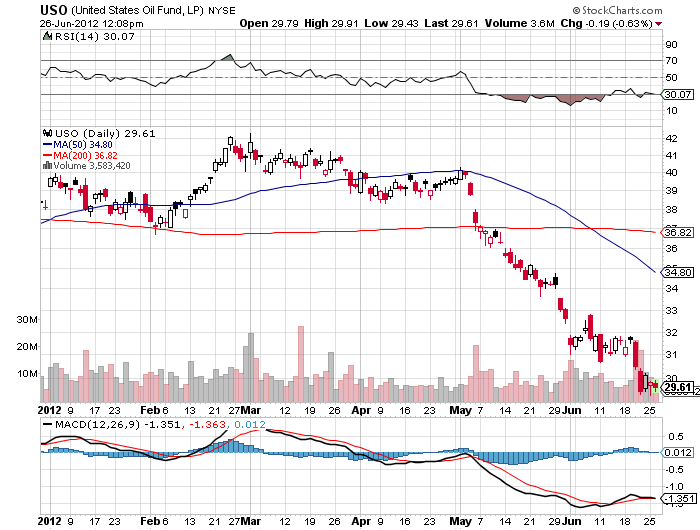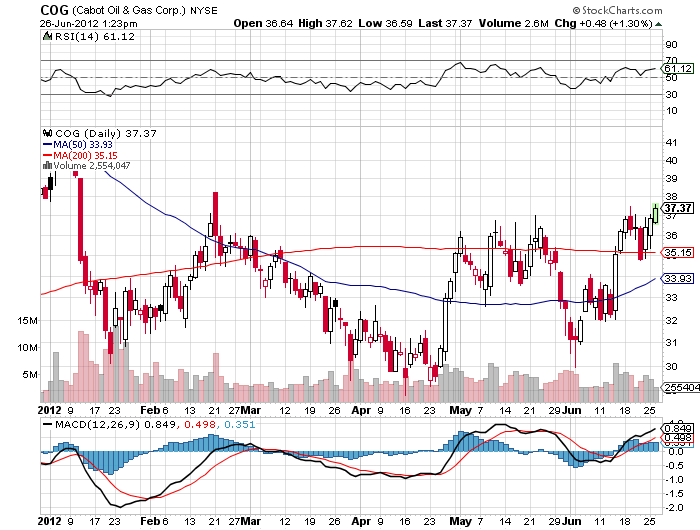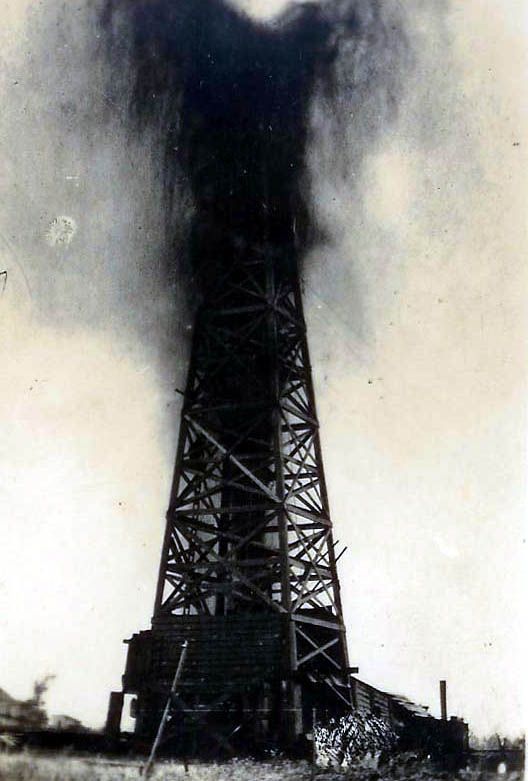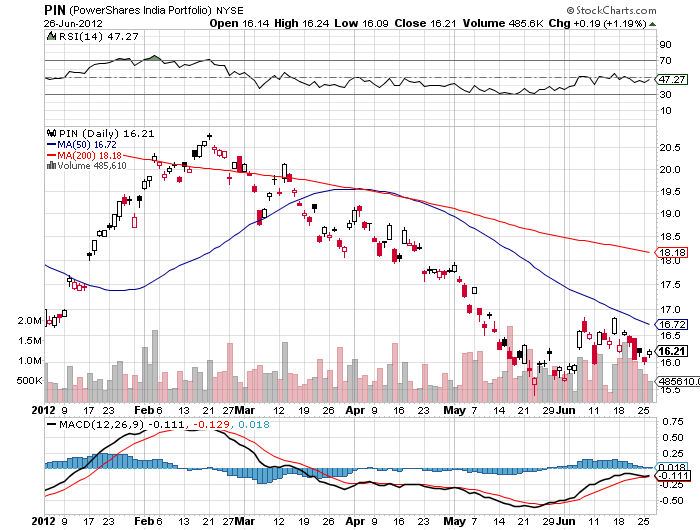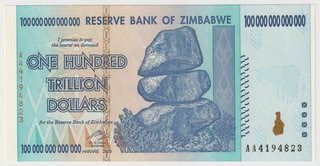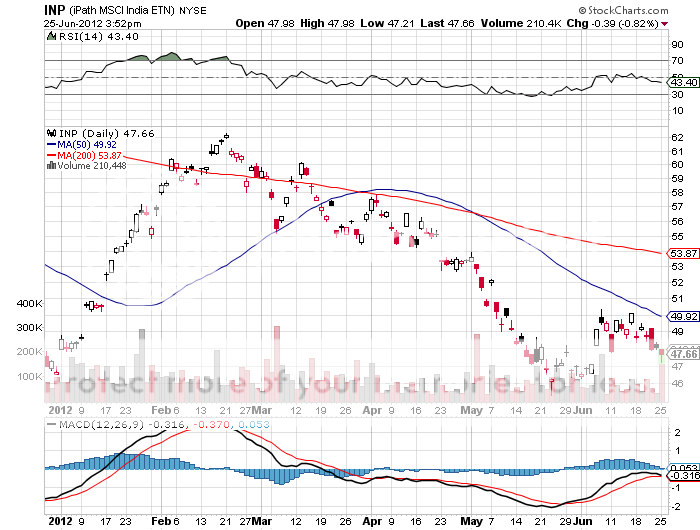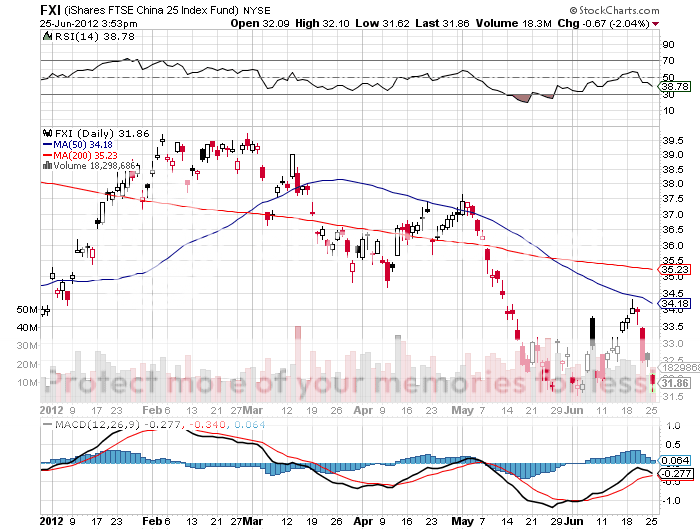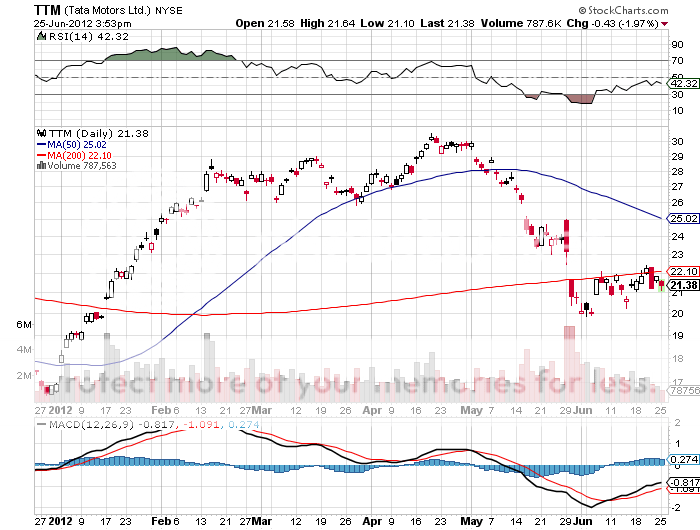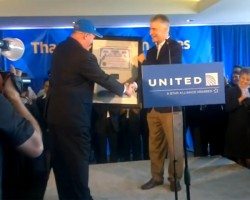?The Fed only knows two speeds; too fast, and too slow,? said Nobel Prize winning economist Milton Friedman to me over lunch one day.
Buried in the recently passed Dodd-Frank financial reform bill are massive financial rewards for turning in your crooked boss. The SEC is hoping that multimillion dollar rewards amounting to 10%-30% of sanction amounts will drive a stampede of whistleblowers to their doors with evidence of malfeasance and fraud by their employers.
If such rules were in place at the time of the settlement with Goldman Sachs (GS), the bonus, in theory, could have been worth up to $500 million. Wall Street firms are bracing themselves for an onslaught of claims, legitimate and otherwise, by droves of hungry gold diggers looking for an early retirement.
Don't count on this as a get rich quick scheme. Government hurdles to meet the requirement of a true stoolie can be daunting. The standard of evidence demanded is high, and must be matched with the violation of specific federal laws. Idle chit chat at the water cooler won't do. Litigation can stretch out over five years, involve substantial legal costs, and often lead to a non-financial settlement with no reward. For those who do deliver the goods, death threats from defendants are not unheard of.
Having 'rat' on your resume doesn't exactly look inviting either. Just ask Sherron Watkins, the in-house CPA who turned in energy giant Enron's Ken Lay, Andy Fastow, and Jeffrey Skilling just before it crashed in flames. Nearly a decade later, Sherron earns a modest living on the lecture circuit warning of the risks of false accounting, and whistleblowing. There have been no job offers.
Back in March, oil broke the $110/barrel level and gasoline was rapidly approaching the $5/gallon level, threatening to derail Obama?s reelection campaign. The administration enlisted Europe to join it in a boycott of Iranian oil in an effort to get the Islamic republic to retreat from is program to develop a nuclear weapon. Iranian president, Mahmoud Ahmadinejad, responded by threatening to close the Straits of Hormuz, thus blocking exports to the west. It all had the makings of a first class crises that could have taken oil up to $125 or higher.
There was no way that the president was going to let Texas Tea to pee on his parade, so he took quick action to cut the knees out from under it. He threatened to release supplies from the Strategic Petroleum Reserve in Louisiana, which was chocked full. He browbeat the CFTC into substantially raising margin requirements for oil and other commodities with his attack on ?speculators?.
He then convinced Saudi Arabia to ramp up its production to the max, over 12 million barrels a day, to head off any ill-timed price spikes. The Saudis, believing it was time to discipline recalcitrant minor producing OPEC members, like Iran, with the threat of lower prices, happily complied.
Crude gave back $5 in the bat of an eyelash, and then launched a $33 downslide that had oil trading at the $77 handle on Monday. What Obama didn?t expect was an assist in his strategy to cripple oil prices from a flock of ?black swans?.
The next chapter in the European sovereign debt debacle pushed the continent into a more severe recession, cooling energy demand there. Libya has been bringing production on line faster than expected. Every downtick in China?s anticipated GDP growth rate shaves a few more dollars off oil. A shortage of pipeline capacity is causing oil to pile up at the massive storage facilities Cushing, Oklahoma, slowing export deliveries. It all adds up to a rare perfect storm for oil. To Obama?s delight, gasoline may be selling for the high $2 range in much of the country by the November election.
As I regularly harangue readers and attendees at my strategy luncheons, imminent America energy independence is the least understood but most important factor that will impact financial markets in the years ahead. Over the last two years, domestic production has soared from 8.5 million barrels a day to 10.5 million, thanks to the miracle of fracking technology, which I helped pioneer a decade ago. That?s more that we buy from Saudi Arabia annually.
North Dakota has just replaced Alaska as the second largest oil producing state. The boom there has been so rapid that massive RV camps of itinerate roustabouts now litter the Northern plains. In the meantime, imports have plummeted from 13 million barrels a day to only 9 million.
But I think the current crash in oil will be a temporary one. For a start, the Seaway pipeline reverses next week, breaking the Cushing bottleneck, enabling North Dakota oil to reach the Gulf ports. The current $78 oil price is already below the cost of the most important sources of supply, such as Canadian oil sands and deep offshore wells.
I think that financial markets will enjoy a ?RISK ON? rally starting from this summer as they start to discount the conclusion of the presidential election, the next European LTRO quantitative easing, and possibly a QE3 from the Federal Reserve. This could all pave the way for a rebound in oil to $90 or more.
So there is an attractive trade setting up here. You can buy the oil major ETF (DIG). Interesting single stock plays at these levels include ExxonMobile (XOM), Occidental Petroleum (OXY), and Cabot Oil & Gas (COG). You can also buy call spreads in the oil ETF (USO). A more cautious strategy might be to sell short out of the money puts on the (USO). Sure, the tracking error on this horrible ETF is huge, thanks to the contango, but at least you can take in the time premium.
My long term view on oil is that we spike one more time to $150-$200. Having spent 45 years studying the industry closely and knowing principals like Armand Hammer and Boone Pickens, I can tell you the one simple rule of thumb to observe with this industry. Doing anything costs extraordinary amounts of money and takes a really long time. The calloused men who run the oil majors don?t hesitate to spending tens of billions of dollars to finance projects in the most inhospitable parts of the world with 40 year payouts. No matter what we do today, it will be impossible to head off another severe oil shortage.
After that, we will fall to $10 as oil is removed from the global economy and is only used as a petrochemical feedstock for plastics, pharmaceuticals, asphalt, and jet fuel. This will happen because of the rise of cheap natural gas, alternative energy sources, more efficient building designs, a better power grid, the advent of low end nuclear power plants, and cars that get 100 miles per gallon or use no gasoline at all.
Of course the CEO?s of the oil majors laugh when I tell them this. I?m sure that the hay industry similarly laughed in 1900 if you told them about the coming demise of the horse as a mode of transportation. But it may take 40 year for us to get there. I hope I live to see it.
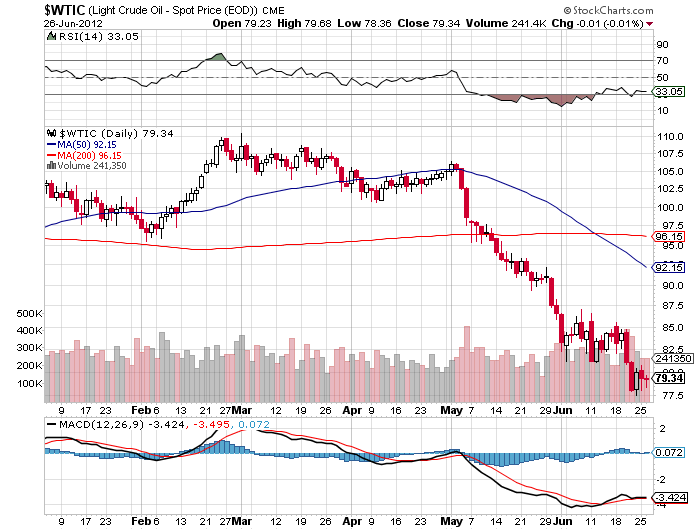
Time for a Punt?
The great thing about running an online newsletter is that it is not only self-correcting, it is self-enhancing. Whenever I make a mistake or state a factual error, my inbox catches on fire when corrections, additional data, and chastisements. Ditto when I exclude some key points to bolster my own arguments. So I thought I would publish a letter I received from a reader from the subcontinent regarding yesterday?s piece on ?India is Catching Up With China? (click here).
?Dear Sir,
I am surprised in your comparison with China because you have missed several important points. India is a democracy. It does not have a Ponzi/mafia political party which focuses on looting the nation. Check out the number of billionaires in the Communist Party of China. Patents are relatively much safer in India. The press is free and vibrant. There is no "mad" overcapacity in anything like empty buildings/cities and the like.
The Indian judiciary is slow and generally very fair. India does not have problems of one child policy. Air pollution in Indian cities is probably lower. Most importantly: the fundamentals of the Indian economy in many ways are better than the Chinese. India does not control its currency artificially. There are fewer Indians trying to run out of India than Chinese trying to run out of China. In fact, most Indians can take foreign currency outside the country up to a limit. Few do it in China.?
Regards,
Kshitij Gupta
Here?s the Better Bet
?The number one performing stock market of the past ten years in nominal terms has been Zimbabwe. But if you bought equities there you lost all your money because the ZWD$3 trillion you made now buys you three eggs,? said Kyle Bass of hedge fund, Hyman Capital.
Come join me for lunch for the Mad Hedge Fund Trader?s Global Strategy Update, which I will be conducting in Chicago on Friday, June 29, 2012. A three course lunch will be followed by a PowerPoint presentation and an extended question and answer period.
I?ll be giving you my up to date view on stocks, bonds, foreign currencies, commodities, precious metals, and real estate. And to keep you in suspense, I?ll be throwing a few surprises out there too. Enough charts, tables, graphs, and statistics will be thrown at you to keep your ears ringing for a week. Tickets are available for $260.
I?ll be arriving an hour early and leaving late in case anyone wants to have a one on one discussion, or just sit around and chew the fat about the financial markets.
The lunch will be held at a downtown Chicago venue on Monroe Street that will be emailed with your purchase confirmation.
I look forward to meeting you, and thank you for supporting my research. To purchase tickets for the luncheons, please go to my online store.
When I first visited Calcutta in 1976, more than 800,000 people were sleeping on the sidewalks, I was hauled everywhere by a very lean, barefoot rickshaw driver, and drinking the water out of a tap was tantamount to committing suicide. Some 36 years later, and the subcontinent is poised to overtake China's white hot growth rate.
My friends at the International Monetary Fund just put out a report predicting that India will grow by 8.5% this year. While the country's total GDP is only a quarter of China's $5 trillion, its growth could exceed that in the Middle Kingdom as early as 2013. Many hedge funds believe that India will be the top growing major emerging market for the next 25 years, and are positioning themselves accordingly.
India certainly has a lot of catching up to do. According to the World Bank, its per capita income is $3,275, compared to $6,800 in China and $46,400 in the US. This is with the two populations close in size, at 1.3 billion for China and 1.2 billion for India.
But India has a number of advantages that China lacks. To paraphrase hockey great, Wayne Gretzky, you want to aim not where the puck is, but where it's going to be. The massive infrastructure projects that have powered much of Chinese growth for the past three decades, such as the Three Gorges Dam, are missing in India. But financing and construction for huge transportation, power generation, water, and pollution control projects are underway.
A large network of private schools is boosting education levels, enabling the country to capitalize on its English language advantage. When planning the expansion of my own business, I was presented with the choice of hiring a website designer here for $60,000 a year, or in India for $5,000. That's why booking a ticket on United Airlines or calling technical support at Dell Computer gets you someone in Bangalore.
India is also a huge winner on the demographic front, with one of the lowest ratios of social service demanding retirees in the world. China's 30 year old 'one child' policy is going to drive it into a wall in ten years, when the number of retirees starts to outnumber their children.
There is one more issue out there that few are talking about. The reform of the Chinese electoral process at the next People's Congress in 2013 could lead to posturing and political instability which the markets could find unsettling. India is the world's largest democracy, and much of its current prosperity can be traced to wide ranging deregulation and modernization than took place 20 years ago.
I have been a big fan of India for a long time, and not just because they constantly help me fix my computers. In August, I recommended Tata Motors (TTM), and it has gone up in a straight line since, instantly making it one of my top picks of the year. On the next decent dip take a look at the Indian ETF's (INP), (PIN), and (EPI).
Better to Own This Pyramid
Than This Pyramid
Taxi! Taxi!
I have spent many hours speaking at length with the generals who are running our wars in the Middle East, like David Petraeus, and James E. Cartwright. To get the boots on the ground view, I attended the graduation of a friend at the Defense Language Institute in Monterey, California, the world's preeminent language training facility.
As I circulated at the reception at the once top secret installation, I heard the same view repeated over and over in the many conversations swirling around me. While we can handily beat armies, defeating an idea is impossible. With the planet's fastest growing population, Muslims are expected to double from one to two billion by 2050, the terrorists can breed replacements faster than we can kill them. The US will have to maintain a military presence in the Middle East for another 100 years. The goal is not to win, but to keep the war at a low cost, slow burn, over there, and away from the US.
I have never met a more determined, disciplined, and motivated group of students. There were seven teachers for 16 students, some with PhD's and all native Arabic speakers. The Defense Department calculates the cost of this 63 week, total emersion course at $200,000 per student.
They are taught not just language, but also the history, culture, and politics of the region as well. I found myself discussing at length the origins of the Sunni/Shiite split in the 7th century, the rise of the Mughals in India in the 16th century, and the fall of the Ottoman Empire after WWI, and this was with a 19 year old private from Kentucky whose previous employment had been at Wal-Mart! I doubt most Americans his age could find the Middle East on a map. Students graduated with near perfect scores. If you fail a class, you get sent to Iraq, unless you are in the Air Force, which kicks you out of the service completely.
As we feasted on hummus and other Arab delicacies, I studied the pictures on the wall describing the early history of the DLI in WWII, and realized that I knew several of the participants. The school was founded in 1941 to train Japanese Americans in their own language to gain an intelligence advantage in the Pacific war. General 'Vinegar Joe' Stillwell said their contribution shortened the war by two years. General Douglas McArthur believed that an army had never before gone to war with so much advance knowledge about its enemy. To this day, the school's motto is 'Yankee Samurai'.
My old friends at the Foreign Correspondents' Club of Japan will remember well the late Al Pinder. He spent the summer of 1941 photographing every Eastern facing beach in Japan, successfully smuggled them out hidden in a chest full of Japanese sex toys. He then spent the rest of the war working for the OSS in China. I know this because I shared a desk in Tokyo with Al for nearly ten years. His picture is there in all his youth, accepting the Japanese surrender in Korea with DLI graduates.
I Guess I Should Have Studied Harder
?Take 200 round trips to Australia, and you really start to rack up the miles,? said Tom Stoker, and automotive sales analyst who just surpassed 10 million frequent flier points on United Airlines. It makes my own 1 million miles seen puny by comparison.
Legal Disclaimer
There is a very high degree of risk involved in trading. Past results are not indicative of future returns. MadHedgeFundTrader.com and all individuals affiliated with this site assume no responsibilities for your trading and investment results. The indicators, strategies, columns, articles and all other features are for educational purposes only and should not be construed as investment advice. Information for futures trading observations are obtained from sources believed to be reliable, but we do not warrant its completeness or accuracy, or warrant any results from the use of the information. Your use of the trading observations is entirely at your own risk and it is your sole responsibility to evaluate the accuracy, completeness and usefulness of the information. You must assess the risk of any trade with your broker and make your own independent decisions regarding any securities mentioned herein. Affiliates of MadHedgeFundTrader.com may have a position or effect transactions in the securities described herein (or options thereon) and/or otherwise employ trading strategies that may be consistent or inconsistent with the provided strategies.








